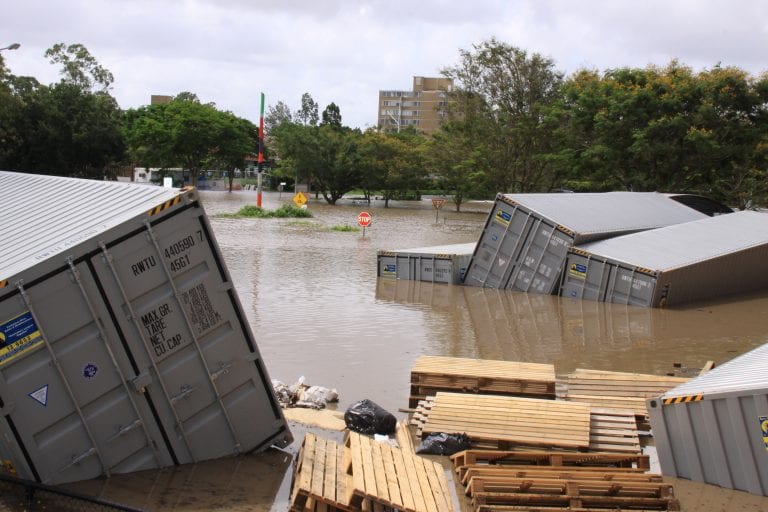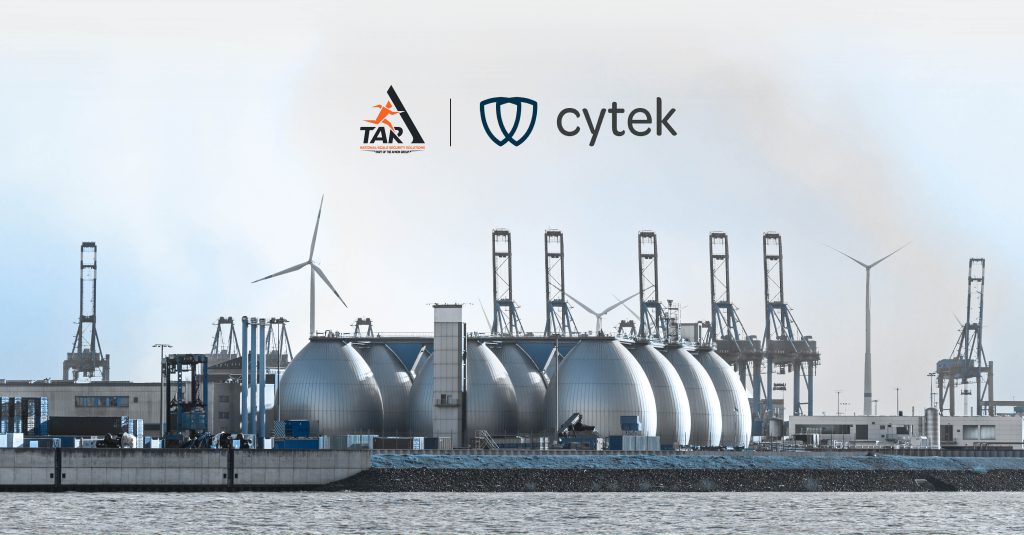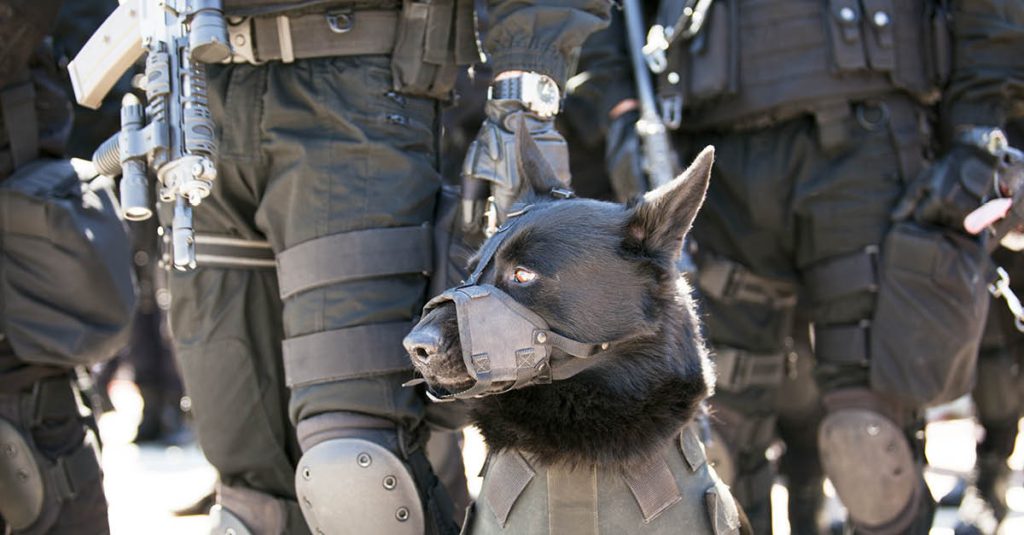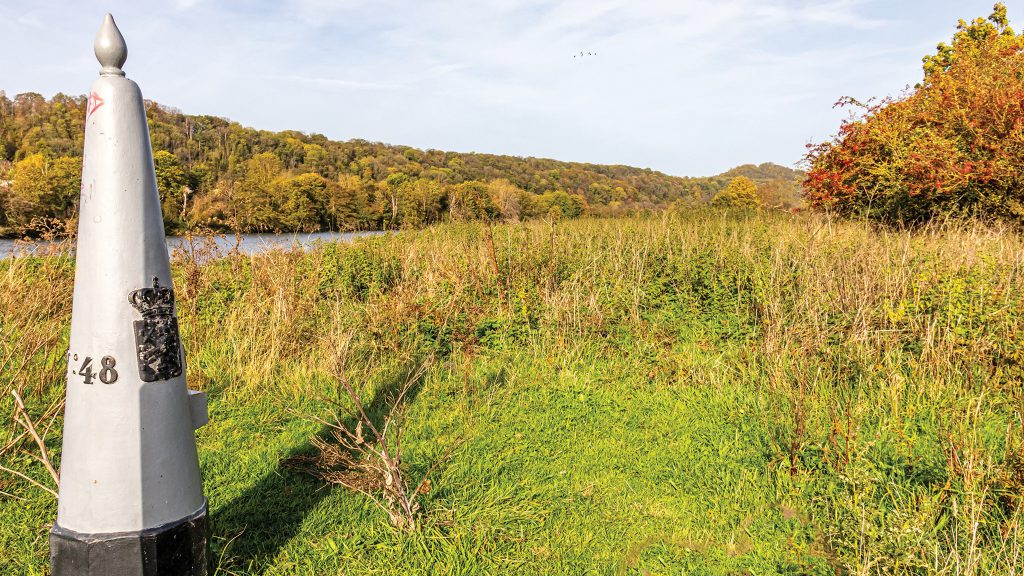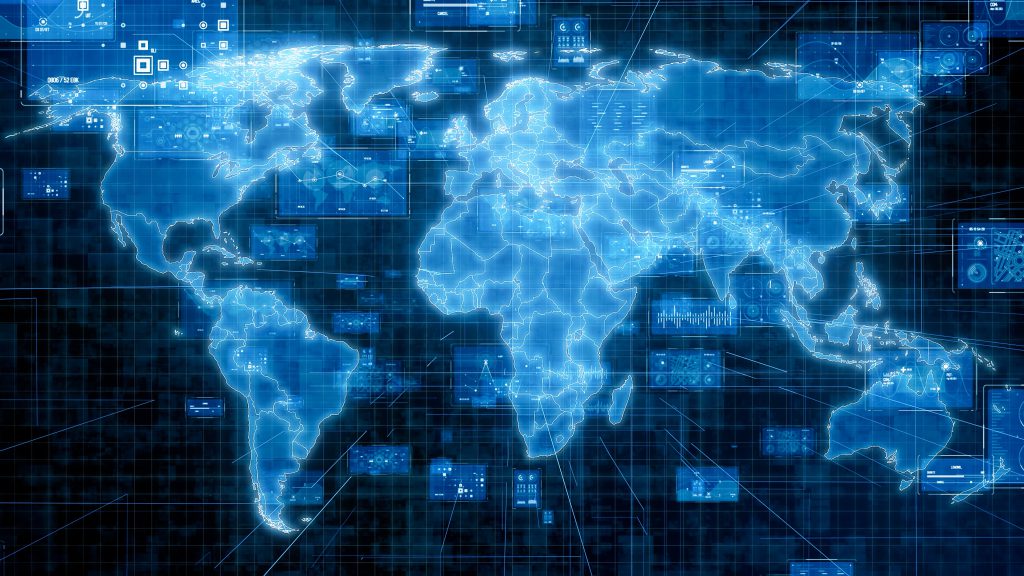Another major tsunami braced the coastal areas of Java and Sumatra islands, part of the Indonesian archipelago, on Dec. 23, bringing with it mass destruction, power stoppages, and up to 430 casualties. This horrific tragedy capped a year of earthquakes and tsunamis in the island nation.
Adding insult to injury, tsunami sirens weren’t activated, so residents of the beach towns in the storm’s path received no prior notice of the approaching tidal wave. Earlier this year, a quake followed by a powerful tsunami brought about the deaths of over 2,000 individuals on Sulawesi Island, while at least 500 more died when an earthquake crushed a large portion of Lombok Island during the same event.
The latest disaster is seen by many as yet another wake-up call for Indonesia and neighboring island nations to acquire advanced tsunami preparedness technology before bigger, more powerful storms cause greater damage.
Japan Faces Similar Threats
Home to 111 active volcanoes, nearby Japan faces similar natural disaster threats. According to experts, a volcano eruption in the island nation could also result in a massive tsunami.
Collapse of the Anak Krakatau Mountain, just 100 miles from Tokyo, has long been on the horizon. The mountain’s eruption in 1883 killed more than 36,000 people and led to a chain of tsunamis.
Japan is one of the most densely populated countries in the world. A disaster such as the one that took place in 1883 would likely cost the country hundreds of thousands—if not millions of lives and infrastructure damage numbering in the trillions of dollars. Considering that Japan has the world’s #3 economy, this could lead to a global financial crisis.
Tsunami Detection for Mega Events
First Response teams face an uphill battle detecting disaster victims and excavating them up from debris, especially when the cataclysm was very big and unexpected.
TAR’s early warning system ensures governments don’t have to spend millions of dollars on clean-up efforts and search and rescue operations on top of the heavy death toll, along with damage to tourism, local business, and countless other areas of everyday life.
TAR’s Tsunami Detection System pressure recorder is placed on the sea bed, allowing it to measure the pressure of the water above it which varies according to the height of the waves above. The recorder is connected to a buoy on the surface and sends it distress signals if a tsunami is likely. The buoy then transfers this data to a satellite which, in turn, sends it to a monitoring station. The system helps reduce damage and saves lives.
Heartbeat Sensor
This revolutionary product was originally designed to find life on Mars. Using microwave signals, it can detect heart beams in an affected area, leading rescue teams to survivors.
Life Locator
This highly-sensitive device is capable of detecting victims buried underneath rubble and determining their precise location.
K-9 Search and Rescue
In addition to advanced technologies, TAR provides traditional search and rescue methods such as establishment of K9 units. Dogs’ incredible sense of smell (up to 10,000 stronger than that of humans) allows them to detect trapped individuals. We help establish your K-9 unit, seeing you through the entire process from purchasing the canines, to training them and providing the necessary equipment for Search & Rescue assignments.


